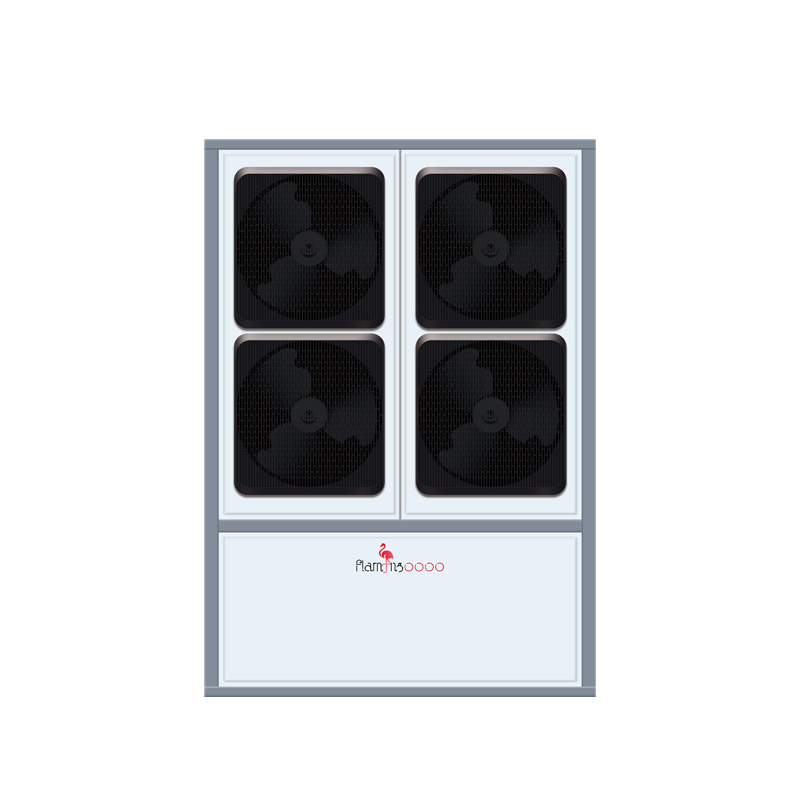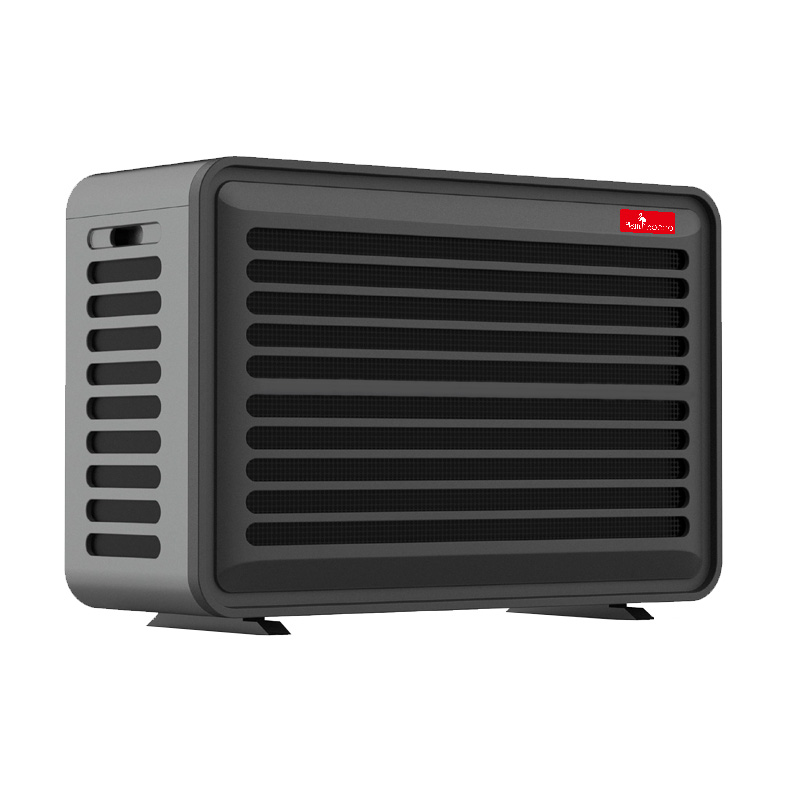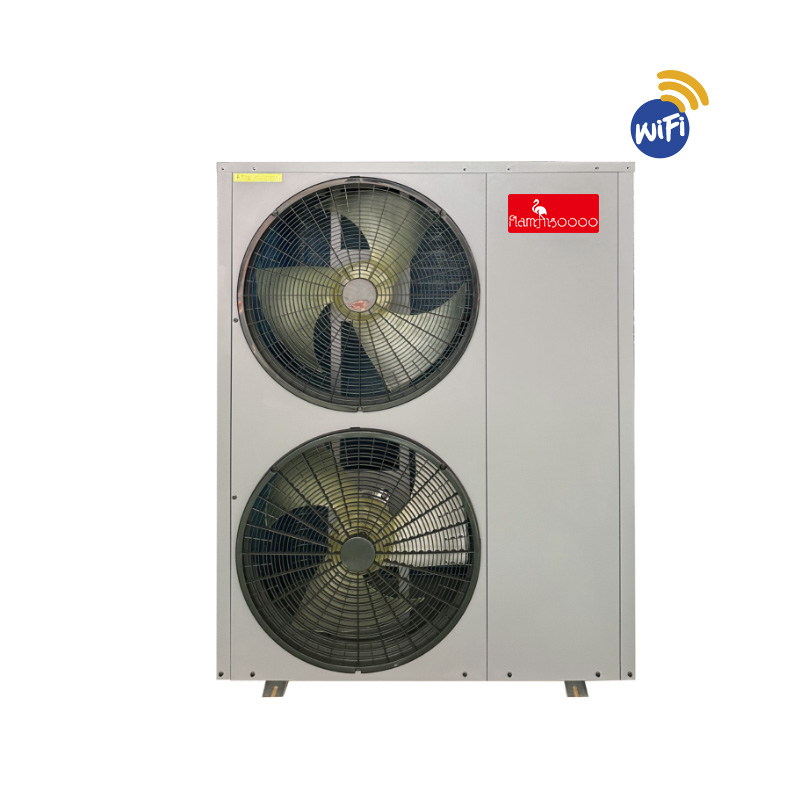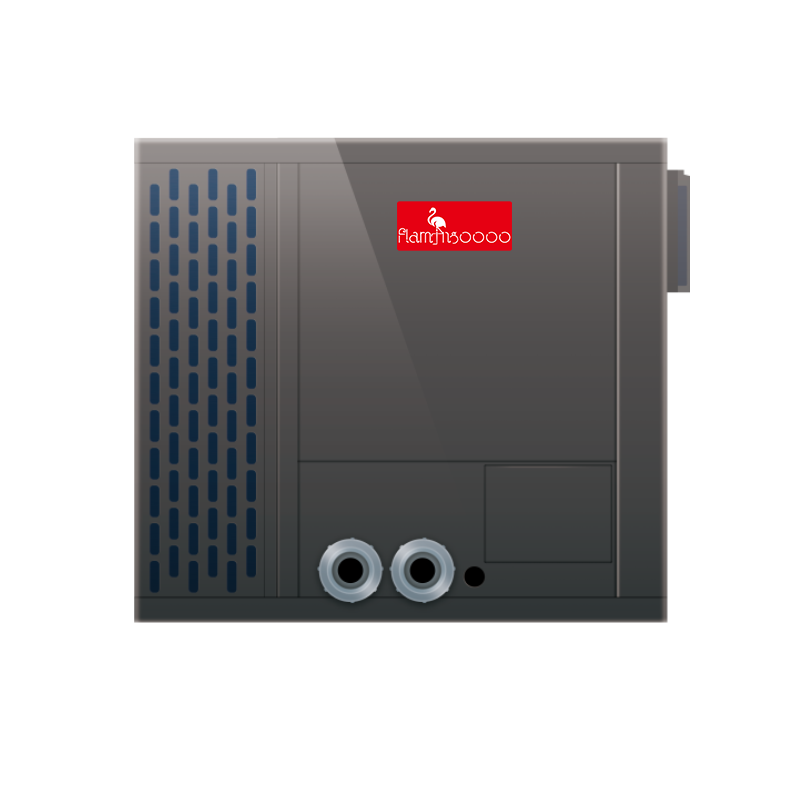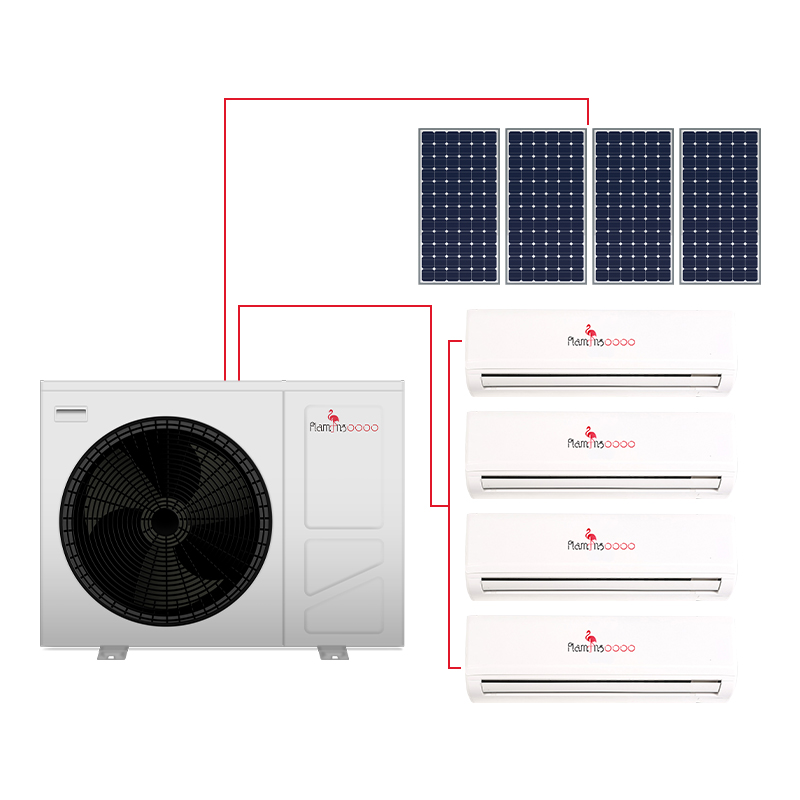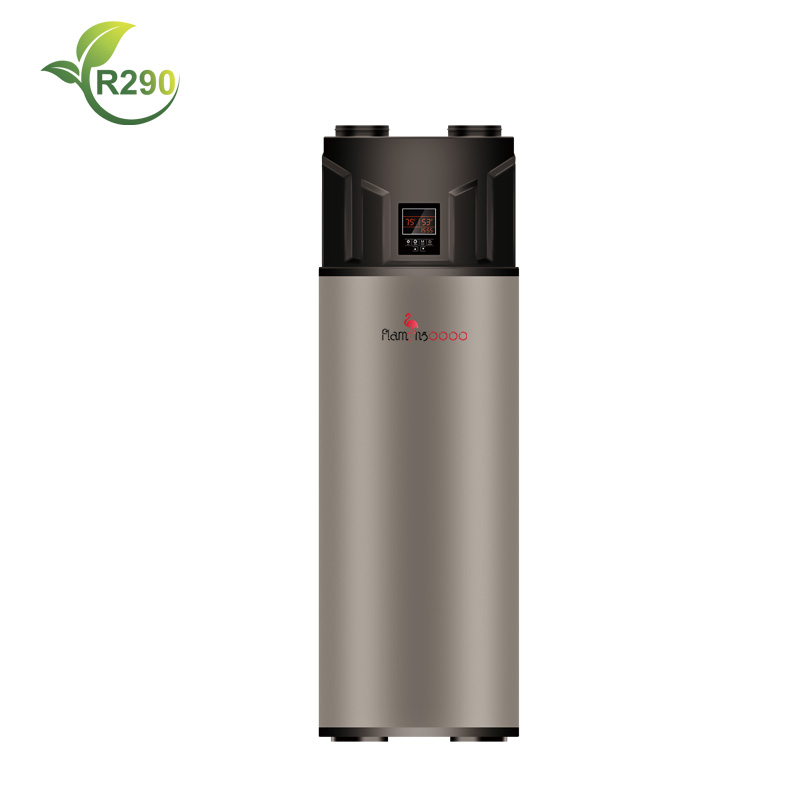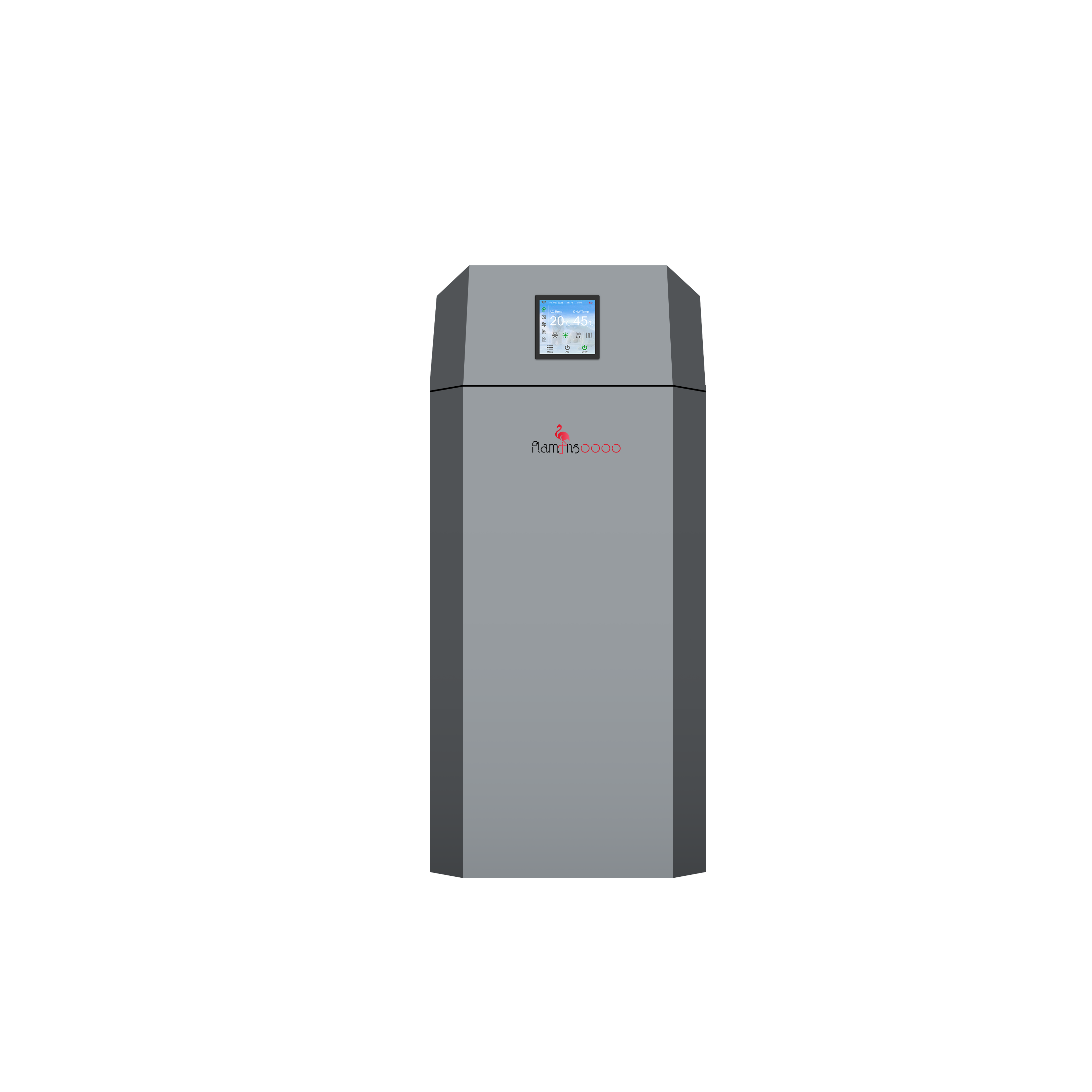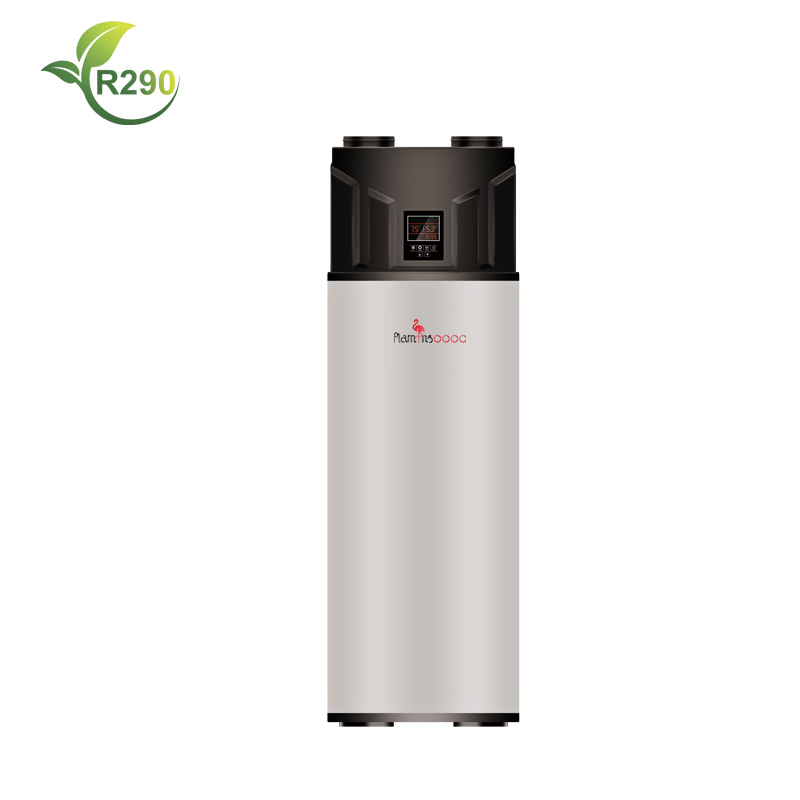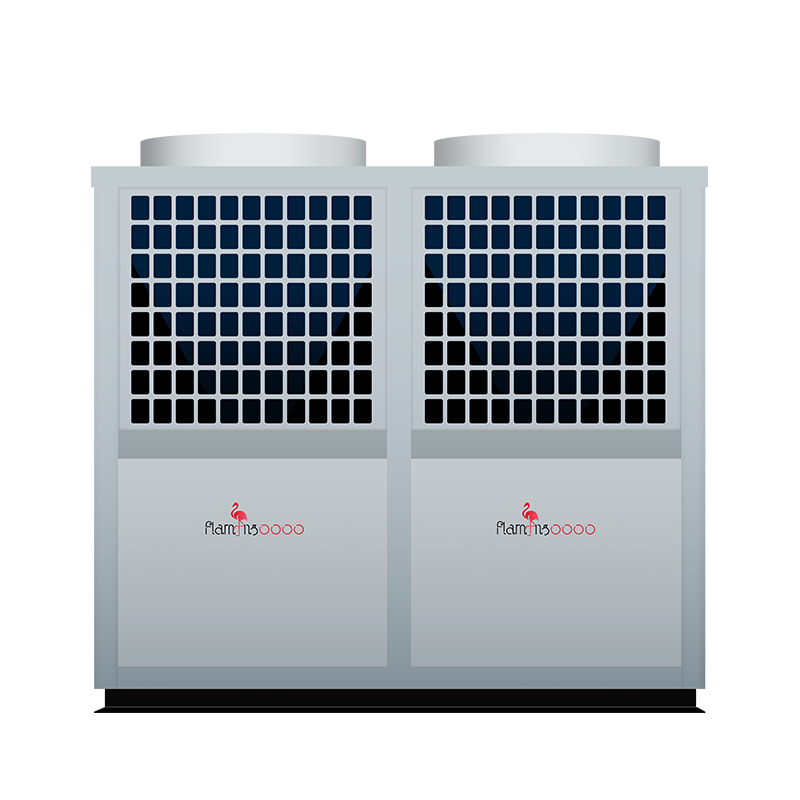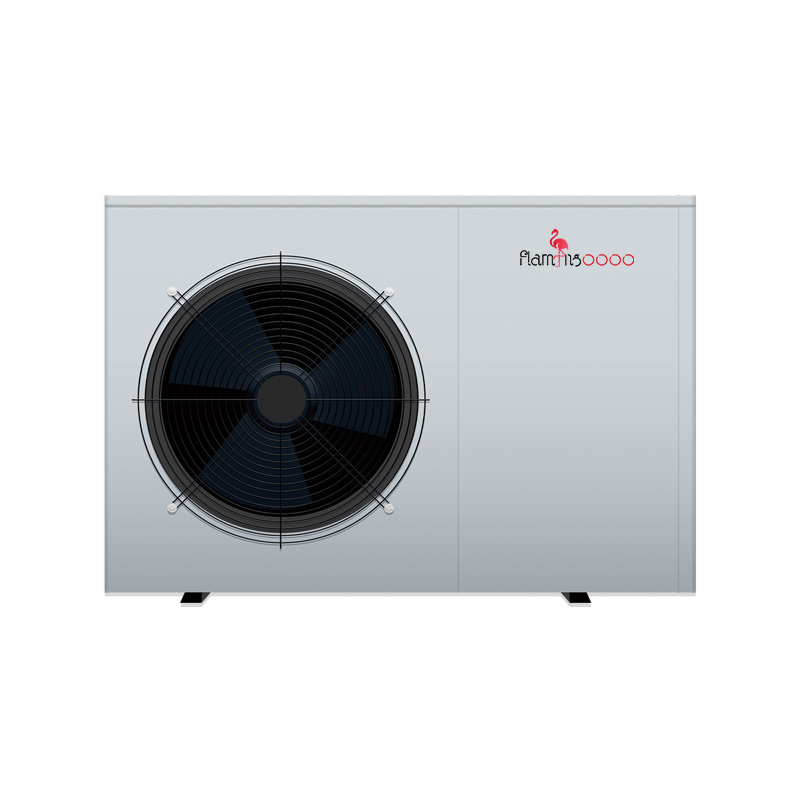Why Is My Ground Source Heat Pump So Expensive to Run? Experts Point to Efficiency and Sizing Issues
As energy costs rise globally, homeowners and businesses using ground source heat pumps (GSHPs) are increasingly asking: Why are my operating costs so high? While GSHPs are lauded for their eco-friendly heating and cooling, unexpected expenses have left many users frustrated. Industry experts now highlight critical factors, including improper system sizing, outdated technology, and the absence of advanced features like EVI (Enhanced Vapor Injection) and DC inverter drives.
The Sizing Dilemma: Too Big or Too Small
A recurring issue is incorrect system capacity. Ground source heat pumps come in varying outputs—50KW, 60KW, 70KW, 80KW, and 90KW—but selecting the wrong size can lead to inefficiency. An undersized unit (e.g., 50KW for a large commercial building) strains to meet demand, while an oversized system (e.g., 90KW for a small property) short-cycles, wasting energy.
“A 70KW or 80KW unit might be ideal for mid-sized buildings, but installers often default to extremes,” says Mark Turner, a HVAC engineer. “Proper load calculations are non-negotiable.”
The Case for Modern Technology: EVI and DC Inverters
Older GSHP models lack advancements like EVI technology and DC inverter compressors, which significantly boost efficiency, especially in extreme climates. EVI-enhanced heat pumps, such as 100KW EVI models, improve heating performance in sub-zero temperatures by optimizing refrigerant cycles. Meanwhile, DC inverter-driven units adjust compressor speeds dynamically, cutting energy use by up to 30% compared to fixed-speed systems.
“Users clinging to outdated 60KW or 90KW non-inverter systems are essentially burning money,” says Dr. Emily Chen, a renewable energy researcher. “Upgrading to a variable-speed 100KW EVI heat pump can slash annual costs by thousands.”
Hidden Costs: Maintenance and Design Flaws
Poor installation and neglected maintenance also contribute to high bills. Ground loops with leaks or inadequate thermal exchange force pumps to work harder. Additionally, systems without smart thermostats or zoning controls waste energy heating or cooling unused spaces.
The Solution: Audit and Upgrade
Experts urge users to:
1.Conduct a load assessment to determine if their 50KW, 80KW, or other existing unit is correctly sized.
2.Retrofit older systems with DC inverter drives or replace them with high-efficiency models like 70KW or 100KW EVI heat pumps.
3.Integrate smart controls for real-time energy management.
4.A recent case study in Ontario saw a hotel reduce its GSHP operating costs by 40% after swapping a 90KW fixed-speed unit for a 100KW EVI DC inverter system.
The Bottom Line
While ground source heat pumps promise sustainability, their economics hinge on proper sizing, cutting-edge tech, and proactive maintenance. For those struggling with costs, the answer may lie in upgrading to adaptable, efficient systems—before winter’s peak demand arrives.

